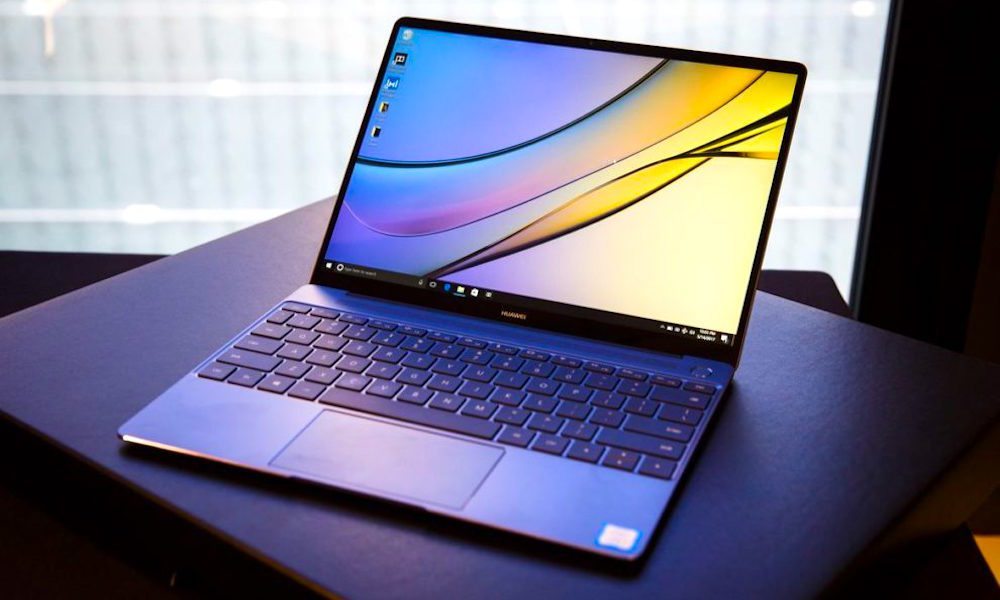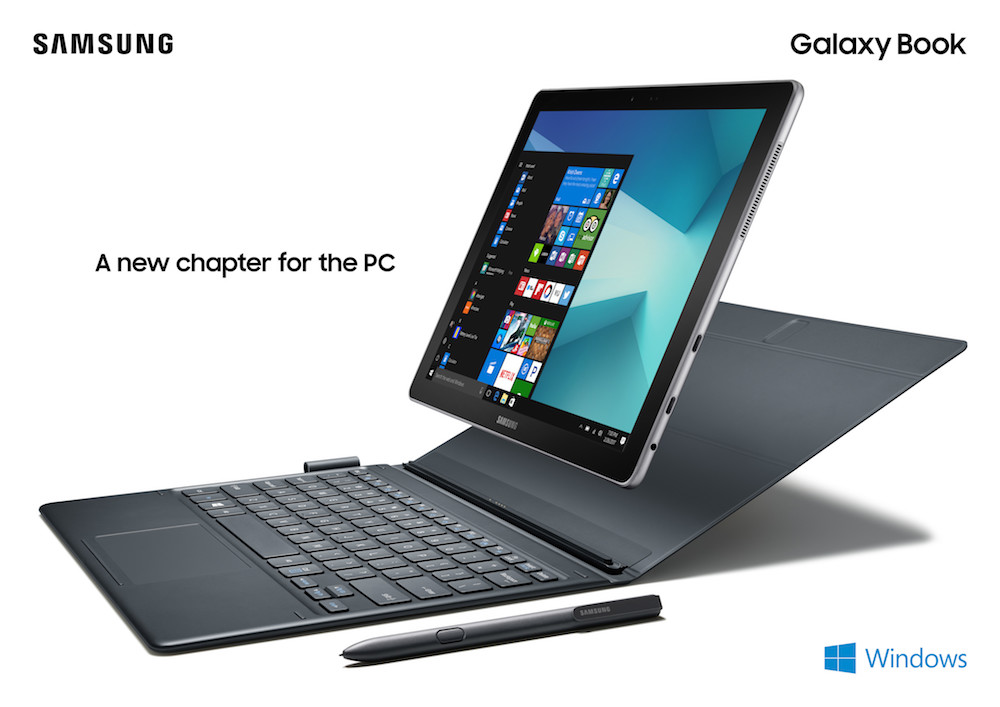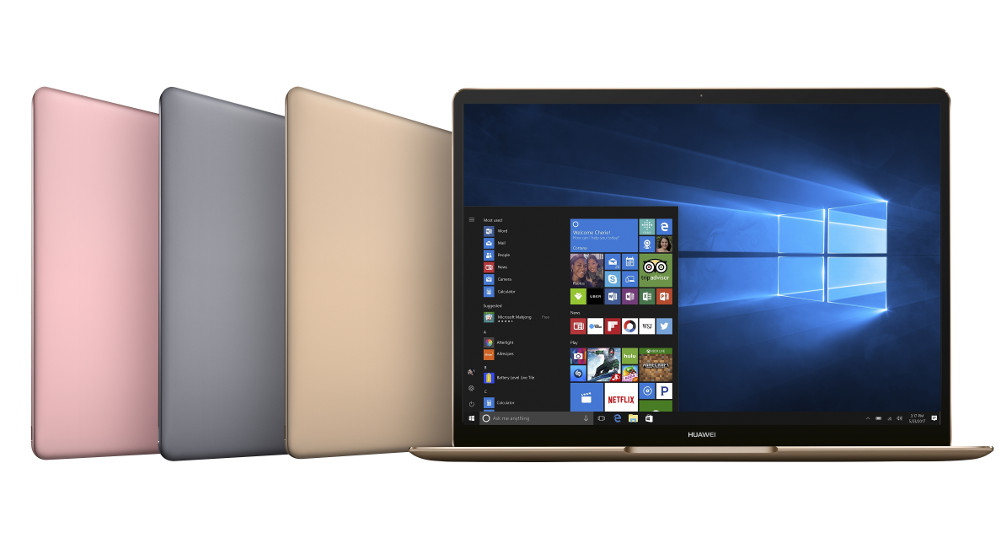Windows 10 Tablet War Heats up Ahead of New iPads and MacBooks
 Credit: The Tech Portal
Credit: The Tech Portal
Toggle Dark Mode
Apple competitors such as Microsoft, Samsung and Huawei have all announced new devices ahead of Cupertino’s rumored iPad Pro and MacBook Pro refresh at WWDC ‘17 in June. How do these new 2-in-1 Windows 10 tablets stack up against Apple’s upcoming devices? While we will have to wait until next month to find out for sure, we can take a look at these new competing devices to see what new features and upgrades they might bring to the table.
Microsoft Surface Pro

Microsoft this week took the wraps off of its newest Surface Pro lineup, and the company is calling the new devices “the lightest, the best sounding, the fastest and the quietest Surface Pro ever.” Despite the nearly 800 new custom parts in the Pro, the newest model is still an incremental update.
The new Surface Pro models will come equipped with a seventh-gen Kaby Lake processor, and will boast an estimated battery life bump of around 50 percent. The Core m3 and i5 variations will ship with a new fanless design, cutting back on some weight. Perhaps the biggest addition is an LTE option — a first for any Surface Pro model. There are some subtle design changes, too, such as more rounded edges and a platter hinge design. The separately sold (starting at $129) Type Cover keyboards will also feature Alcantara fabric, much like the Surface Laptop. Perhaps the biggest change is the Surface Pen, which is now also a separate purchase (for $99) but will offer big improvements over previous iterations.
All in all, the Surface Pro will be a welcome upgrade to Microsoft’s tablet lineup — but its new features might not make it an iPad Pro killer quite yet.
Samsung Galaxy Book

Originally unveiled in February, Samsung took another shot at the 2-in-1 market with the introduction of its new Galaxy Book lineup. To be clear, the Galaxy Book isn’t an Android tablet — it’s actually a Windows 10 convertible, so it’s arguably closer to a Surface Pro than an iPad.
The Galaxy Book 10 and 12 are both slim, aluminum 2-in-1 devices that come out-of-the-box with styli and keyboards, with LTE connectivity optional. The smaller of the two packs an Intel Core m3 processor and a 10.6-inch LCD display, while the Galaxy 12 has a 12-inch AMOLED display and a Core i5 processor. Standard features for both tablets include: two USB-C ports, built-in cameras and a manufacturer-estimated battery life of around 10 hours.
But despite being a noted improvement over Samsung’s last 2-in-1, the TabPro S, the Galaxy Book lineup suffers from low RAM, mediocre actual battery life, and a wonky keyboard (according to some reviewers). While a cheaper tablet might have gotten away with these drawbacks, the Galaxy Book lineup is actually quite pricy, retailing for $1,299+.
Huawei MateBook

Huawei’s first iteration of its MateBook didn’t exactly break any new ground, but the company is back at the tablet and notebook game with three new devices this year.
The first of the three, and the one that’s arguably garnered the most attention, is the MateBook X — which, at first glance, seems almost intentionally made to be a 12″ MacBook clone. The MateBook X has dropped the touchscreen and 2-in-1 capabilities of its predecessor, and instead opts for a traditional clamshell design. It packs some basic features of a modern Windows 10 notebook: two USB-C ports, 256GB or 512GB of SSD storage, and 4GB or 8GB of RAM. Its power button doubles as a fingerprint reader for Microsoft’s Hello feature. Perhaps more interestingly is the addition of a Dolby Atmos Sound System, making for a built-in laptop that actually sounds really good (according to most reviewers). That’s not exactly the most revolutionary of features — but it’s certainly a nice addition.
There’s also the MateBook D, which is aimed at more of a mid-range audience. It’ll come equipped either with an Intel i5 or i7 processor, up to 16GB of RAM, and either a 1TB hard drive or a smaller drive supplemented by additional SSD storage. Huawei also refreshed the original MateBook with the MateBook E, a pretty standard-looking 2-in-1 tablet with incremental bumps in display resolution and battery life.
Perhaps the biggest wildcard with Huawei’s new lineup is price — the company hasn’t announced any retail pricing information. The new tablets should ship sometime this summer.






